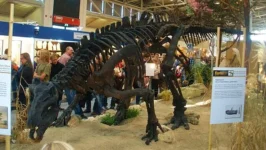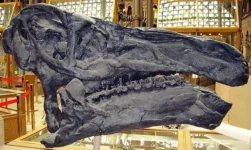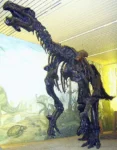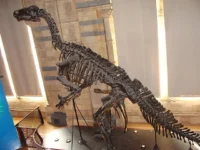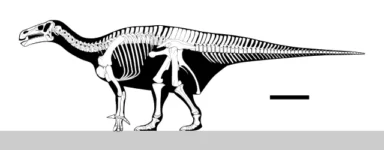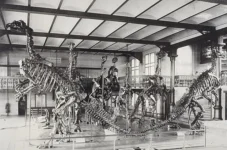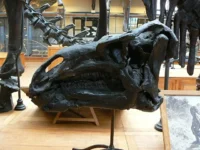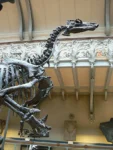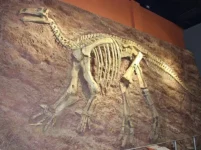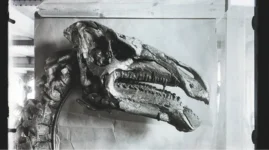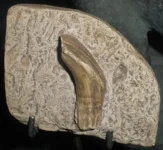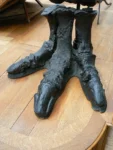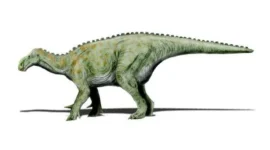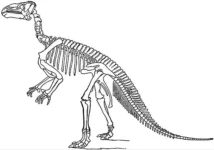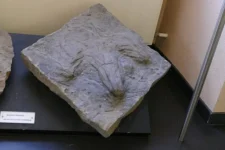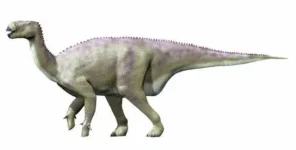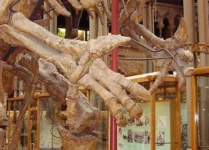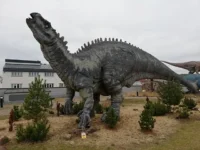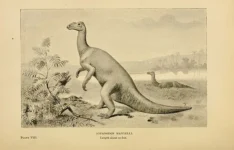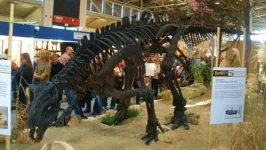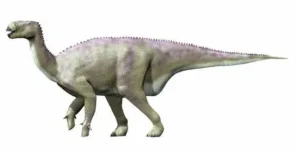Iguanodon

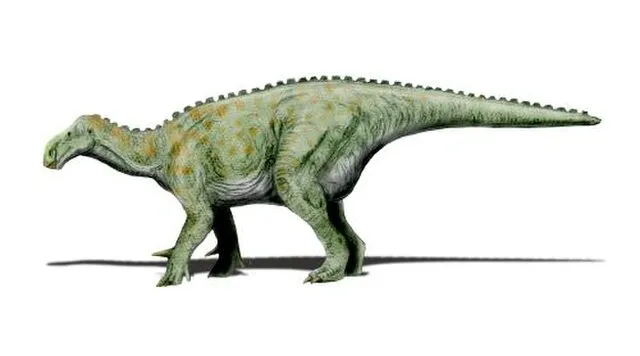
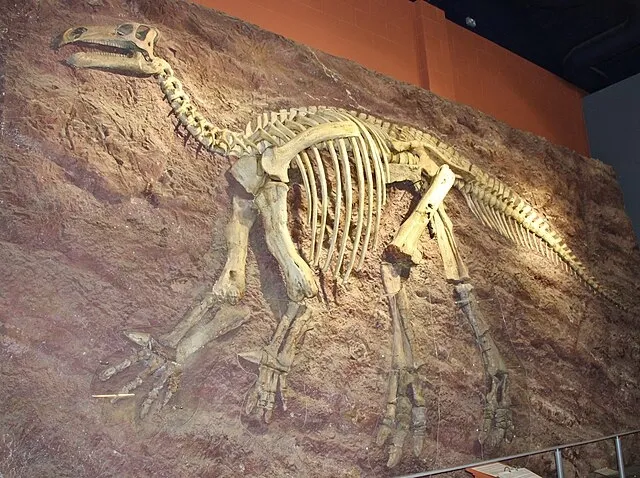
IGUANODON
Iguanodon was a genus of ornithopod dinosaur that lived during the early Cretaceous period, approximately 125 to 125 million years ago. Iguanodon is significant for several reasons. It was one of the first dinosaurs to be scientifically described, playing a crucial role in the early development of paleontology. Its discovery also contributed to the understanding of herbivorous dinosaurs and their adaptations. Here are some key details about Iguanodon:
SIZE AND ANATOMY:
- Size: Iguanodon was a large dinosaur, with adults reaching lengths of up to 33 feet (10 meters) and standing about 9 feet (2.75 meters) tall at the hips.
- Weight: It weighed around 3 to 5 tons.
- Body Structure: Iguanodon had a robust, bulky body with a long tail for balance. It had powerful hind limbs and shorter forelimbs with a thumb spike or “thumb spike” that could have been used for defense or foraging.
- Diet: Iguanodon was primarily herbivorous, feeding on a variety of low-lying plants, including ferns, horsetails, cycads, and conifers. Its teeth were adapted for grinding vegetation.
BEHAVIOR AND ECOLOGY
- Bipedal and Quadrupedal: Iguanodon was capable of both bipedal (walking on two legs) and quadrupedal (walking on four legs) locomotion. Early reconstructions depicted it as primarily bipedal, while later studies suggest it likely spent most of its time on all fours, using its hands to grasp and manipulate vegetation.
- Habitat: Iguanodon inhabited floodplain and forested environments across Europe, particularly in what is now Belgium, England, and Germany. Fossil discoveries have also been made in North America, Africa, and Asia.
FOSSILS AND DISCOVERY:
- First Discovery: The first Iguanodon fossils were discovered in 1822 in England by Gideon Mantell. Initially, these discoveries were misinterpreted, leading to early reconstructions that were inaccurate.
- Significant Finds: Several significant fossil discoveries, including nearly complete skeletons and trackways, have helped paleontologists reconstruct its anatomy and behavior more accurately over time.
CLASSIFICATION
- Order: Ornithischia
- Suborder: Ornithopoda
- Family: Iguanodontidae
- Genus: Iguanodon
- Species: Several species have been described, including the type species Iguanodon bernissartensis.
FUN FACTS:
- Thumb Spikes: One of the most distinctive features of Iguanodon is its thumb spike or “thumb spike.” Initially thought to be a horn on its nose, this structure was later identified as a modified thumb that could have been used for defense against predators or possibly foraging for food.
- Early Dinosaur Reconstructions: The early reconstructions of Iguanodon by Gideon Mantell and others were pivotal in shaping public perception of dinosaurs as giant reptilian creatures. These reconstructions were among the first attempts to scientifically reconstruct extinct animals.
- Dietary Adaptations: Iguanodon’s teeth were unique among herbivorous dinosaurs. It had teeth with ridges, suggesting it could grind tough plant material efficiently. This adaptation allowed it to process a wide variety of vegetation found in its habitat.
- Global Distribution: Fossils of Iguanodon have been found on multiple continents, indicating a wide geographical distribution during the early Cretaceous period. This suggests it was a successful and adaptable herbivore capable of thriving in different environments.
